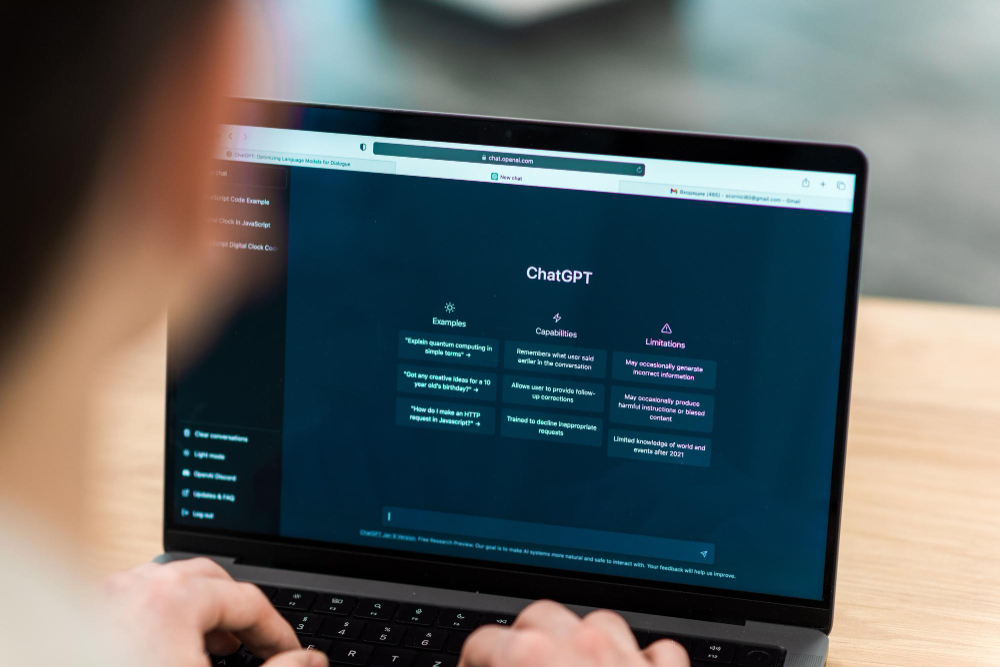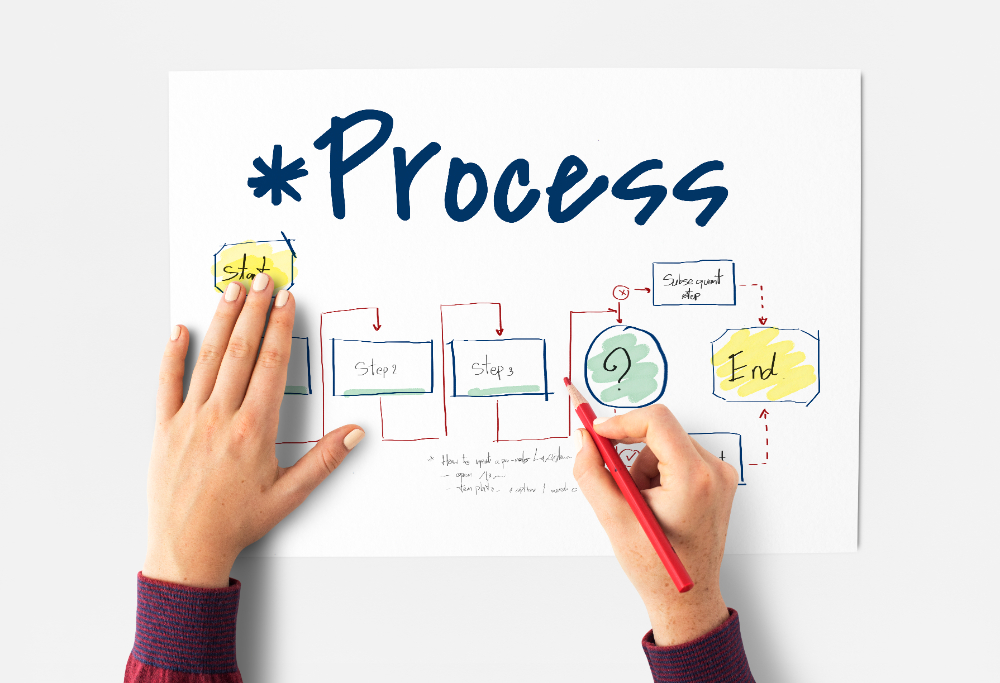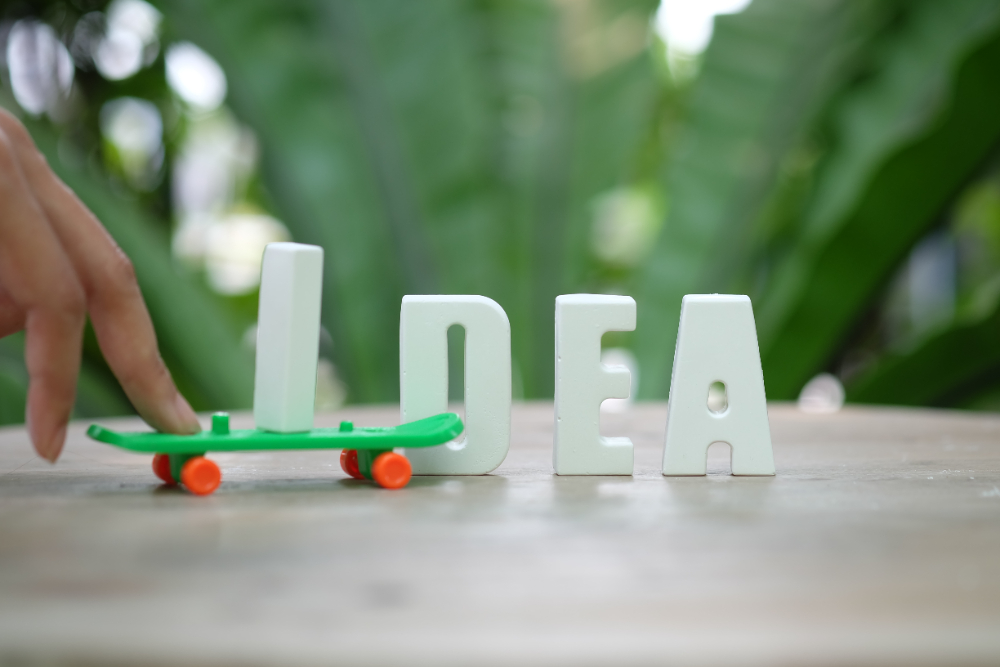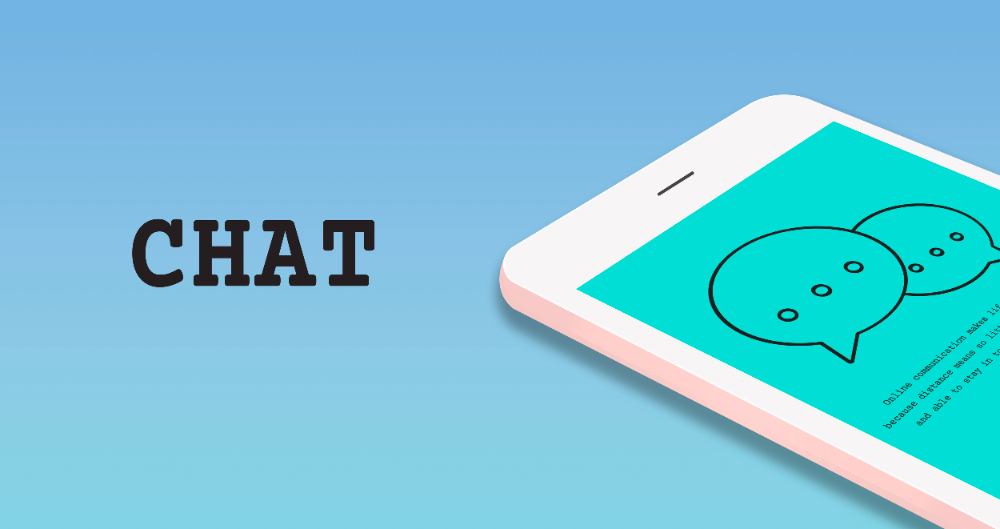Table of Contents
- Understanding Self-Discipline
- Self-Discipline Strategies for Students
- Time Management
- Study Techniques
- Goal Setting
- Technology Tools
- Teachers and Tutors as Role Models
- Parental Involvement
- Role of Libraries and NGOs
- Instructional Designers and Educational Software Developers
- School Administrators and Policy Makers
- Conclusion
Tomas Laurinavicius is a successful blogger, entrepreneur, writer and freelancer. He told his story of how he struggled to get out of bed for school in the winter. He had to wake up at 6 am, do his chores, eat breakfast and then catch the school bus. This resulted in him skipping school and falling behind in his studies.
One day, he decided to practice self-discipline because he wanted to change his life. He made his routine, took intrinsic motivation to study, and started going to school every day in the winter.
This self-discipline changed his life as he shifted from his small village to London for higher education and business ventures. He turned his dream of becoming a successful entrepreneur into reality through self-discipline.
So, it is crucial to teach this to students to make them successful in academic and professional life. How can educational stakeholders take part in teaching it? Well, we are going to discuss it in this blog.
Understanding Self-Discipline
Discipline is a set of rules and regulations we all can follow from childhood to death. Discipline is recognizing what is important, prioritizing and committing to it with consistency. It is actually making a system or routine and sticking to it. Tomas says that self-discipline is actually freedom because it enables you to complete your duties on time and gives you the freedom to do whatever you want. J.D. Meier and Michael Kropp also say that self-discipline is monitoring your behavior to improve it.
This helps students because they will have a structure in their lives, they will feel accountable for their actions, they can complete all their tasks on time, can build soft skills and can enhance their academic grades.
There are a few myths about self-discipline that you should burst as soon as possible. These myths are that a self-disciplined person has a rigid lifestyle, controls everyone, can't do anything they want and they don't have any emotions. But in reality, a self-disciplined person has a totally different personality. Another prevalent myth is that self-discipline is hard to practice. But, you will see that few strategies are enough to instill it in a person's life.
Self-Discipline Strategies for Students
How can students practice self-discipline? As self-discipline comes from intrinsic motivation, students should take certain steps to get self-disciplined.
Time Management
The first thing a student should learn is how to manage their time effectively. It means that they should optimize their study time to get the most out of it. For this, they should follow some time management techniques.
One technique is time-blocking. In it, students can be given a specific time block to study any course or complete any assignment. The Eisenhower Matrix technique means prioritizing important academic tasks and then going to less important tasks. The Pomodoro technique includes setting a timer of 25 minutes and doing work in it. When the timer goes off, take a 10-minute break before repeating the circle. These techniques will keep students motivated and on track.
Study Techniques
Students should have a dedicated space in their homes for learning. In that space, they should keep digital distractions away. It means either leaving the phone in another room or switching off the notification. They can use Focus Writer or app blockers such as Freedom if they have to study from the browser.
Different psychologists have recommended different healthy study techniques. These are Feynman techniques, spaced repetition and active recalling.
In Feynman, you can understand a topic in chunks and explain it to yourself. Spaced repetition is giving time to yourself in between the revisions. Active recalling is also a retrieval activity.
Goal Setting
Students should set goals for themselves. These goals can be on a daily, weekly or monthly basis. While making goals, they should follow the SMART goal strategy. In it, the goals should be small, measurable, attainable, realistic and have a specific deadline to complete. Students can break down their major projects and assignments into small steps and goals and can give themselves a deadline to complete them.
Technology Tools
Students can get help from technology to get self-discipline in their lives. They can use AI management tools to manage their schedule and time. They can take help from habit trackers such as Loop Habit Tracker, TickTick or GetZing to build lasting habits. Some of these tools may have AI calendars to help them plan their day. Moreover, there are AI journals, note-taking apps such as Evernote, mind-mapping apps, and productivity tools that students can use.
Teachers and Tutors as Role Models
A researcher found that the majority of students need to be taught about self-discipline. So, teachers play a great role in implementing self-discipline in a student's life. For this, they need to be a role model and practice self-discipline in front of students. Moreover, they should share their personal stories or stories of successful self-disciplined people. It will inspire students to follow in those people's footsteps.
Moreover, they should add self-directed learning activities such as projects, research-based assignments and critical questions. This will build all the soft skills students need to add self-discipline to their lives.
Moreover, teachers can use different interactive apps to enhance the productivity and motivation of students. Some of these are the Quizizz app, MyMap AI, Google Docs, PowerPoint presentations and much more.
Parental Involvement
Parents should also be role models for their kids by practicing self-discipline at home. Moreover, they can help their kids develop a structured routine, managing their time and sticking to it. They should make sure to help their kid whenever they want it but don't start micromanaging them. They can give access to all important resources and tools to the kids they want. They can use online resources such as Family Link to access their kid's devices to make sure they are not distracting from their goals.
Role of Libraries and NGOs
Libraries can be an amazing learning hub for kids where they can get access to resources for getting information about self-discipline. Moreover, it should provide them with all the necessary study aid they need for self-directed learning.
NGOs or libraries can arrange different workshops or events to raise awareness about the importance of self-discipline and let kids make a supportive network to help them in their self-directed journey.
Instructional Designers and Educational Software Developers
Software developers should find various ways to implement discipline tools in the learning management system of schools. It can include giving teachers access to students' devices to make sure they are not distracted in the classroom. It can mean adding games, productive apps and tools to the classroom management system.
School Administrators and Policy Makers
Schools should invest in those tools and resources that can help students and teachers in implementing self-discipline activities in the classroom. They should make strict rules and regulations for students and make sure they are following them. They should provide proper training to teachers to help them in teaching about self-discipline and applying it in their lives.
Conclusion
So, building self-discipline is not a hard task. You just need consistency and motivation in your life and you can achieve your goals without any difficulty. Different digital tools can make this journey more easy for you. Educational stakeholders should focus on developing self-discipline in their kids and teachers to help them in their professional and personal lives.

































Comments are closed.